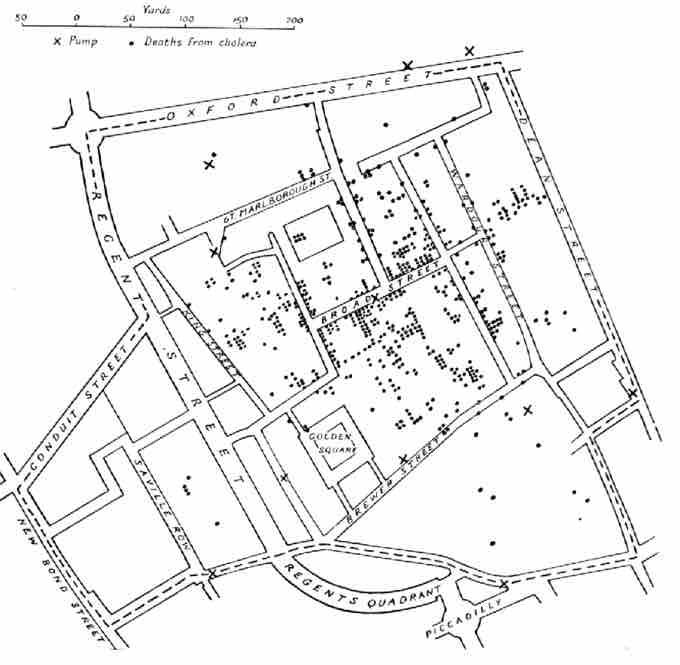The goal of epidemiology is to establish causal factors for health issues in order to improve the health and safety of entire populations. A population can refer to a town, country, age group, or race. Health issues refer to anything that might impact health in the present or future. For epidemiologists, data on who is most likely to be injured in car crashes can be just as valuable as a topic of inquiry as data on what part of the population is most at risk for developing complications from the flu. In order to accomplish this, epidemiology has two main branches: descriptive and analytical.
Descriptive epidemiology evaluates and catalogs all the circumstances surrounding a person affected by a health event of interest . Analytical epidemiologists use data gathered by descriptive epidemiology experts to look for patterns suggesting causation. The end goal of both branches is to reduce the incidence of health events or diseases by understanding the risk factors for the health events or diseases. Both descriptive and analytical epidemiology often serve public health organizations by providing information that may reduce disease or reduce other kinds of events that impact people's health.

London Cholera Map
This map shows cases of cholera clustered around the location of water pumps.
The primary considerations for descriptive epidemiology are frequency and pattern. Frequency evaluates the rate of occurrence, and pattern helps analytical epidemiologists suggest risk factors. Descriptive epidemiology evaluates frequency and pattern by examining the person, place, and time in relationship to health events.
Descriptive epidemiology examines factors like age, education, socioeconomic status, availability of health services, race, and gender. Evaluations of specific individuals may also include gathering information on behaviors like drug abuse, shift work, eating, and exercise patterns.